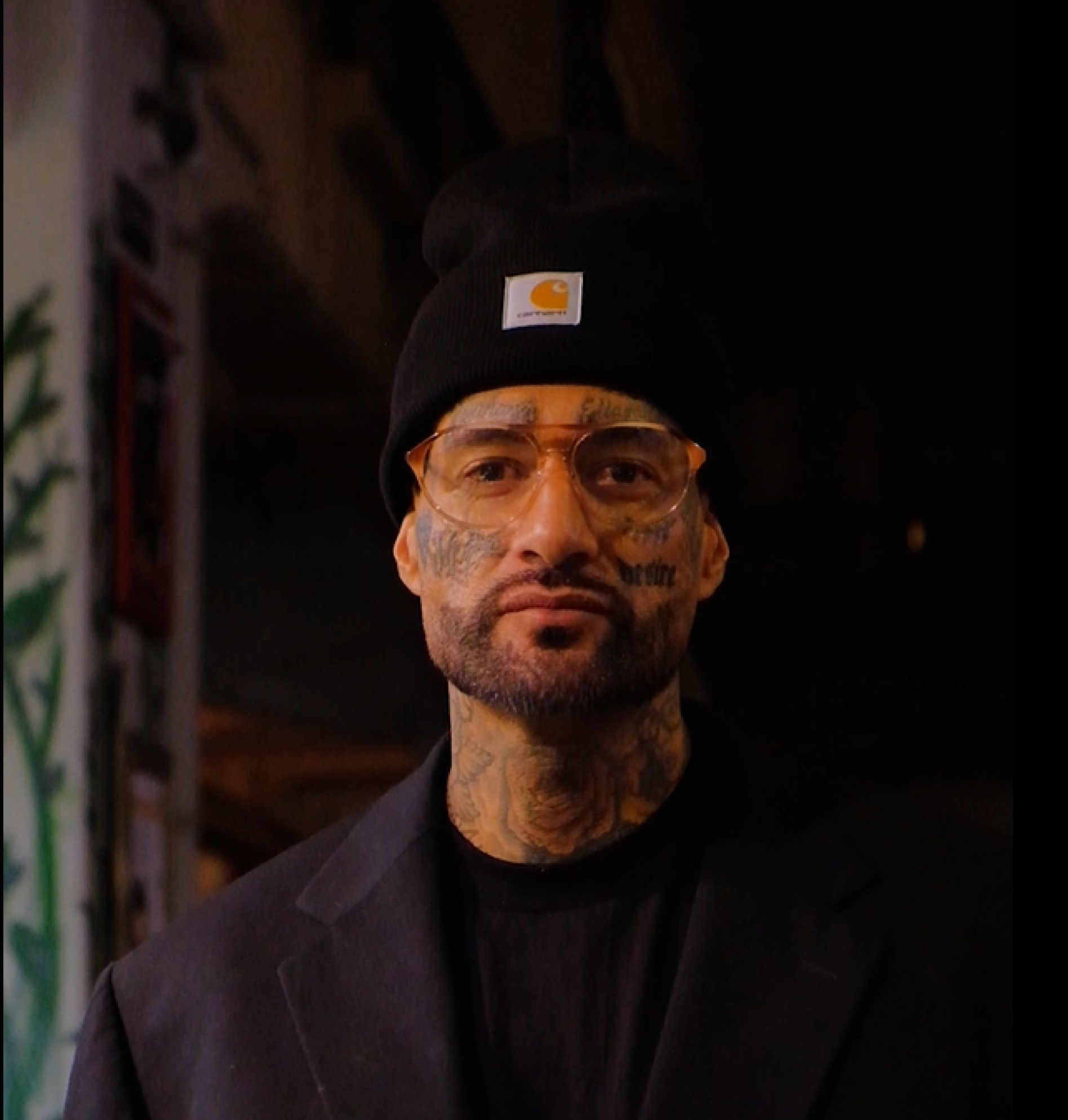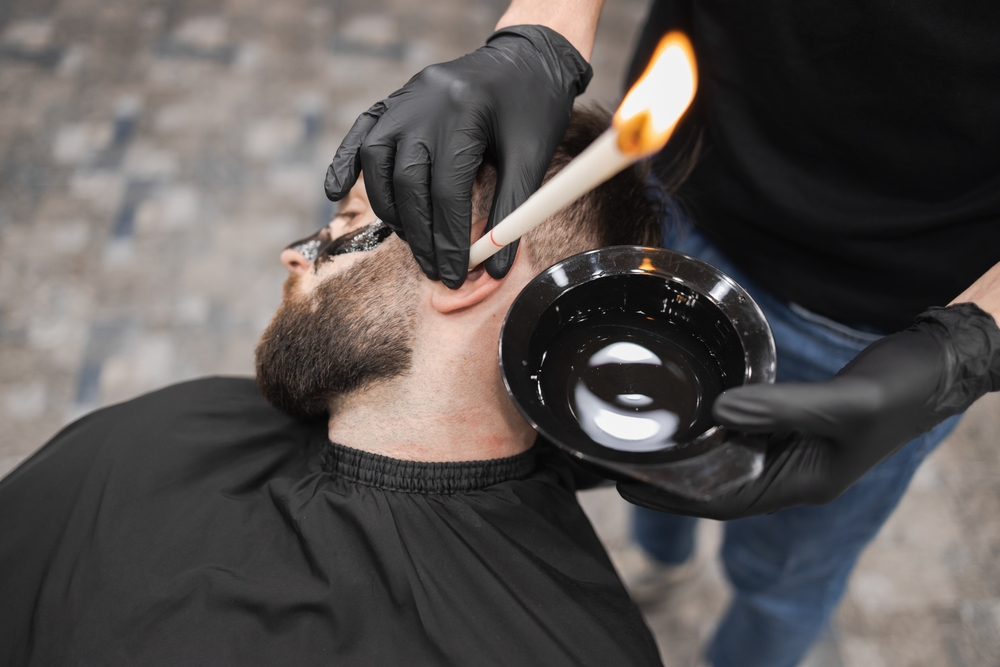Ear Wax Removal at Barbershops

Admin
@Wayne Newman

Barbershops have long been known as places where men can get a fresh haircut, a clean shave, and even some grooming treatments.
In recent years, an unusual service has been gaining popularity in certain parts of the world—ear candling at a barbershop . While it might seem surprising to some, ear wax treatment at barbershops has become a sought-after service, particularly in countries like India, Türkiye, and the Middle East. But what does it really mean when you get an ear candling at a barbershop, and why has it become so popular? Let’s explore.
Understanding Ear Candling at Barbershops and Its Removal
Ear wax, also known as cerumen, is a natural substance produced by glands in the ear canal. It serves a protective function by trapping dust, debris, and microorganisms, preventing them from reaching the eardrum. However, excessive wax build up can cause hearing issues, discomfort, and even infections.
Traditionally, people have relied on home remedies, ear drops, or medical professionals to remove excess ear wax. However, barbershops in certain regions have introduced professional ear cleaning removal as part of their grooming services. The procedure is usually performed using specialized tools such as ear scoops, tweezers, or cotton swabs, and in some cases, ear candling is used.
The Role of Ear Wax and Why It Needs Attention
Ear Candling At BarberShops, is a natural substance produced by the ear canal to protect against dust, bacteria, and foreign particles. It serves as a self-cleaning agent, gradually migrating outward to remove debris.
However, when ear wax builds up excessively, it can cause discomfort, hearing impairment, tinnitus, or even infections.
While most people rely on natural expulsion, cotton swabs, or medical intervention to address earwax buildup, an increasing number are turning to barbers for assistance.
This is especially common in cultures where professional ear cleaning has been a traditional practice passed down through generations.
Techniques Used in Ear Wax Removal at Barbershops
The methods used in barbershops for ear hygiene services vary by region and expertise. Some of the most common techniques include:
- Ear Scooping – A traditional method using thin, curved metal or wooden tools to gently extract wax.
- Cotton Swab Cleaning – Although commonly used, this method is less effective and can sometimes push wax deeper into the ear canal.
- Flame Technique – Popular in Turkey, this involves burning fine hair inside the ear. While it does not directly remove ear wax, some believe the heat helps loosen debris and improve overall ear hygiene. However, this technique carries risks if not performed correctly.
- Ear Candling – A controversial practice involving the use of a hollow candle to create suction and pull wax out of the ear.
- Irrigation Method – Some barbers use a controlled flow of warm water to flush out the ear canal safely.
Why People Opt for Ear Wax Removal at Barbershops
- Convenience – Many people find it convenient to get their ear wax removed while getting a haircut or shave. Instead of visiting a doctor, they can have the service done quickly at a familiar location.
- Affordability – Medical treatments for ear wax removal can be costly, whereas barbershops offer the service at a fraction of the price.
- Immediate Relief – Those experiencing discomfort due to earwax buildup may get instant relief through professional cleaning techniques offered by barbers.
- Cultural Influence – In regions where this service is traditionally provided, many people trust their local barbers to perform the procedure safely.
- Relaxation – Some individuals find the process soothing and therapeutic, much like a head massage or facial treatment.
Is Ear Wax Removal at Barbershops Safe?
While barbershops offer a convenient and affordable solution, safety concerns must be considered. If done improperly, the procedure can lead to infections, injuries, or even temporary hearing loss. Risks include using unsterilized tools, excessive probing, or damaging the sensitive inner ear.
Medical professionals generally advise against inserting foreign objects into the ear canal and recommend safer alternatives like ear drops or professional irrigation. Customers opting for this service should ensure that the barber follows strict hygiene protocols and has adequate experience in ear cleaning.
Conclusion
Ear wax removal at barbershops is a practice deeply rooted in cultural traditions and continues to gain popularity in many parts of the world. While it offers convenience, affordability, and immediate relief, it also carries certain risks.
Those considering this service should be cautious and seek out experienced professionals to ensure a safe and effective procedure. Whether done at a barbershop or by a medical professional, ear hygiene remains an essential part of personal care and overall well-being.
